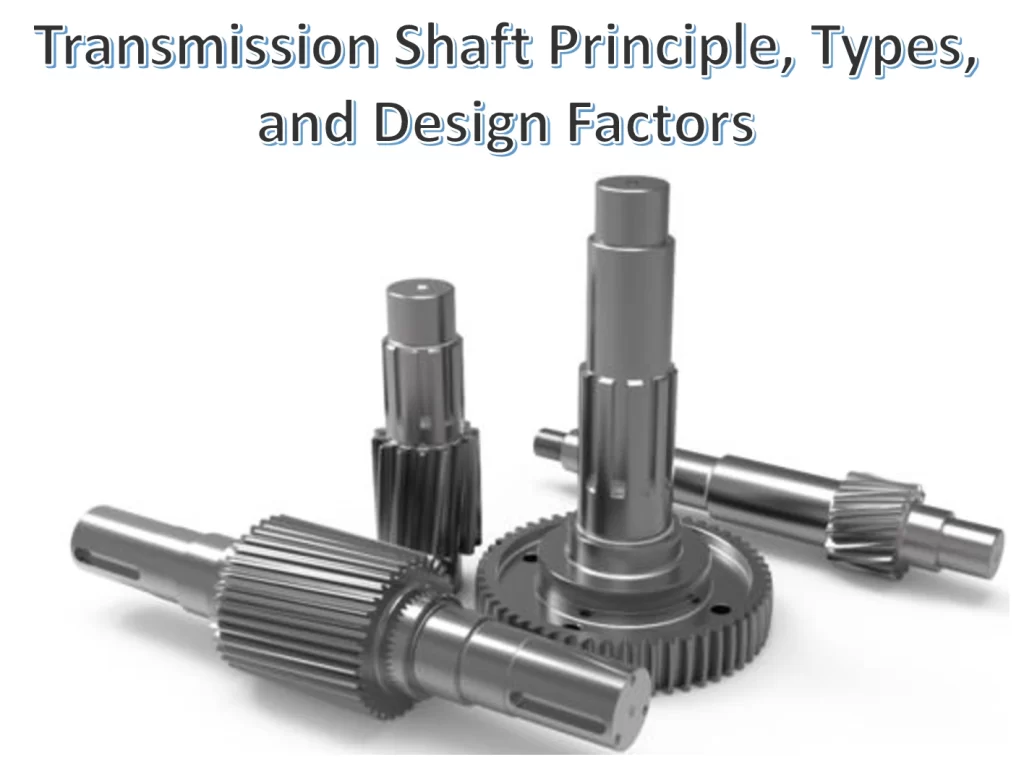
As a machinery professional, you understand that power transfer is the hallmark of everything that rotates in the mechanical world. This concept led to the innovation of the transmission shaft – a rotating part that transfers motion or power between parts.
At ProleanTech, we specialize in the production of these parts with precision, durable materials, and unmatched professionalism.
This shaft is synonymous with the automotive industry, although it is present in many other applications, including agriculture machinery. Virtually every rotating machinery features this part.
Despite this irreplaceability, you will agree that many users are still not conversant with the design, applications, and functioning of the shaft. As experienced designers and manufacturers, we consider a range of factors, from the type of shaft material to the amount of torque that must be transmitted to the next component.
This guide will cover these aspects in detail and demonstrate why ProleanTech is a trusted provider of transmission shaft solutions.
What is the transmission shaft?
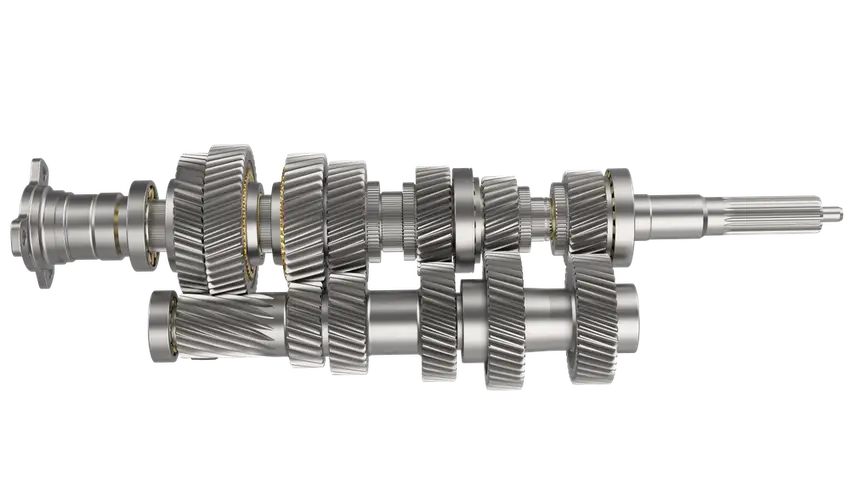
A 6-speed transmission system
A transmission shaft is a rotating part of a machinery that transmits torque between two machinery parts. From years of experience and interaction with worldwide clientele, the company has dealt with shafts as simple as a single rod, and bigger, much more complex ones.
Despite the differences in sizes and shapes, all of these shafts have basic mechanisms. They work alongside bearings, gears, couplings, and pulleys to transmit mechanical power.
Bearing – Support the shaft and promote smooth rotation
Gear – Transmit power and torque with other shafts
Coupling – Accommodate misalignments in the shaft as it transmits power and torque
Pulley – Transmit power between shafts
The Working Principle Of A Transmission Shaft
Prolean Tech’s manufacturing approach, backed by the professional guidance of 40+ experienced engineers, recognizes the unique operation of the transmission shaft and considers its different aspects in manufacturing.
The operation of the shaft starts with the generation of the torque and ends where the output torque has been modified accordingly.
Torque Generation
At the start, the energy source generates the required torque. This source can be an internal combustion engine or an electric motor. The mechanism collects this torque and directs it to the shaft for transmission.
Torque Transmission
The transmission shaft receives the torque and transfers it to the other end. This shaft is made from strong material to withstand incredible torque.
Supportive Components
Gear ratios and other elements may be added to the shaft to manipulate the speed of the provided torque. Special gears redirect the torque and increase/decrease the rotational speed. Bearings support the transmission shaft and allow it to rotate flawlessly.
Energy Delivery
When the torque reaches the other end of the shaft, the job is almost done. Output components that work with the shaft include wheel assemblies and gears. The process is not complete until the torque is adequately controlled and modified.
Output Modification
The control and modification mechanism is necessary for any requirement to change in speed and torque. For cars, a perfect example of this modification is the use of a clutch.
Main parts of a transmission shaft
When an order for a transmission shaft is made, the highly experienced team at Prolean Tech jumps into action. The tailored manufacturing solution for a shaft focuses on the following components:
The Main Shaft
The main shaft is the long cylindrical part that transfers torque from one end to the other. It is typically made from steel or other high-strength materials and processed by CNC machining. You can explore CNC turning operations and tools and see how relevant they are to the final reliability of this component.
Splines
Splines are teeth that run longitudinally on the shaft. These ridges form the mounting positions for the rotor and shaft of the gear or mounted component. These teeth are CNC-machined directly to promote accuracy and ensure maximum torque transfer.
Bearings
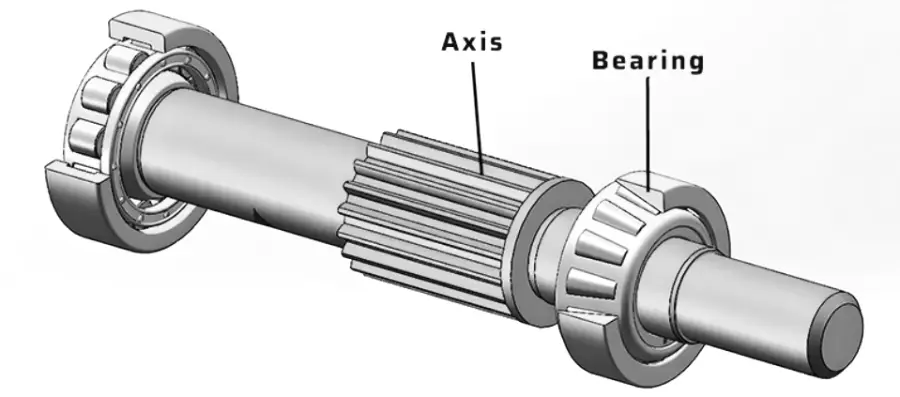
A shaft with two bearings
Bearings offer support to the shaft and promote smooth rotation. An expert designer will position these components at specific locations along the shaft length to optimize these functions.
Seals
The transmission system requires adequate lubrication. The seals prevent an infiltration or spillage of the lubrication. They are usually installed at both ends of the shaft.
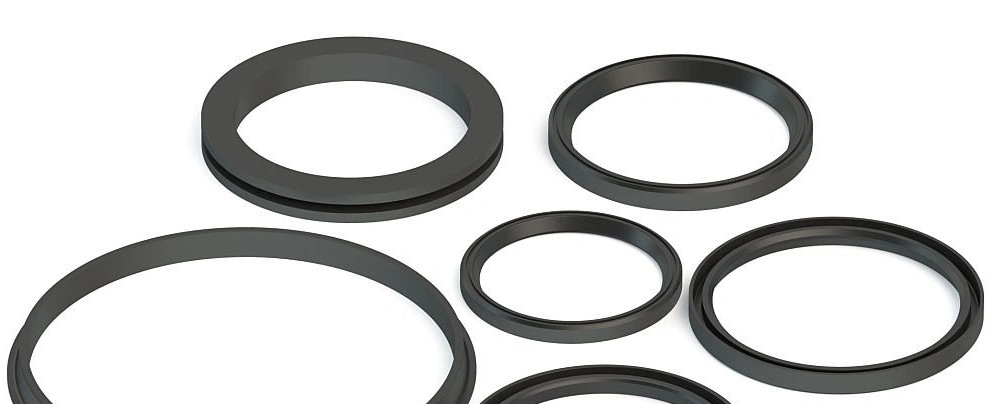
Shaft sealing rings
Couplings
Couplings form connection points for multiple shafts in the transmission system. Sometimes, there are potential misalignments or variations in rotation. Couplings accommodate such and allow for longer transmission distances.
Universal Joints
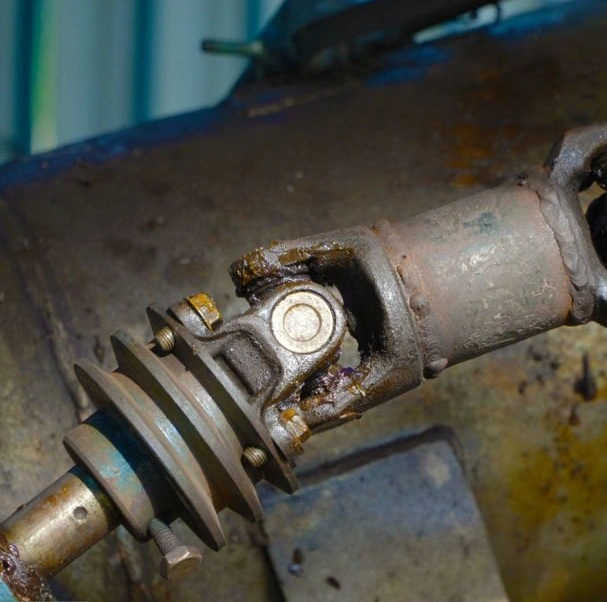
A universal joint
Joints are applicable in the transmission shaft where the source and recipient of the torque are at different axes. That means that the torque must change direction. Some call these joints U-joints.
Try Prolean Now!
Different Types Of Transmission Shafts
Shafts have different roles in machinery, so there are different designs. Below is a rundown of the main types of transmission shafts:
Main Shaft
The main shaft of machinery receives power from the engine and outputs it to other parts of the transmission system. It is of durable construction to support the significant torque that comes from the engine. It also needs to match the longevity of the engine.
Some features to expect on the main shaft are ridges for splines and gears. Check the differences in the main processes used for the main shaft in this post titled CNC Milling vs Turning: Key Differences Explained.
Counter shaft

Main shaft and countershaft
Also called the layshaft, this shaft is often partnered with the main shaft to adjust the output of the main shaft.
Propellor Shaft
The propeller shaft is common in the drivetrains. Its function is to connect the differential and engine gearbox of a car. The differential transmits the torque to the car’s wheels. Since this shaft must be strong and light, it is commonly made of aluminum or high-strength steel.
Idler Shaft
As the name suggests, the idler shaft is inactive in power transmission. Its primary function is to adjust the space between other shafts or alter direction. Complex machinery needs this shaft because of the many gears and splines involved.
Cardan Shaft
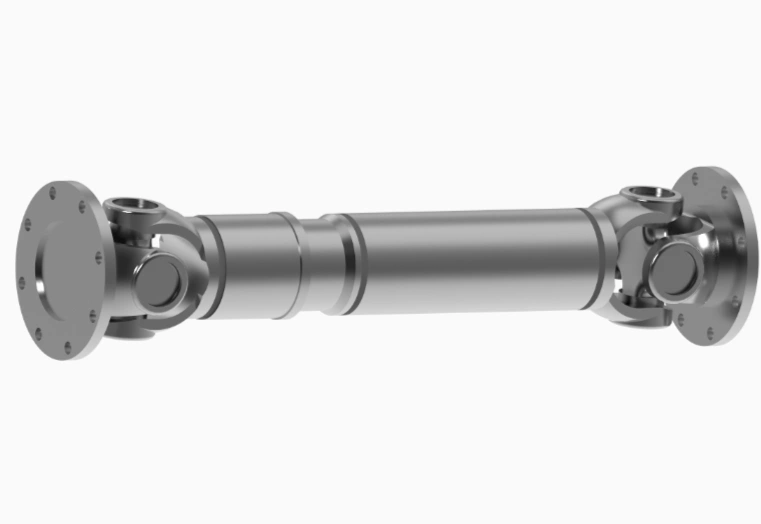
A Cardan shaft
The Cardan shaft is a type of propeller shaft. It is engineered to transmit torque between two shafts on different axes.
Flexible Shaft
A flexible shaft is applicable where the torque transfer has to happen against obstacles. This type of shaft can avoid obstacles, something a normal shaft cannot do.
Intermediate Shaft
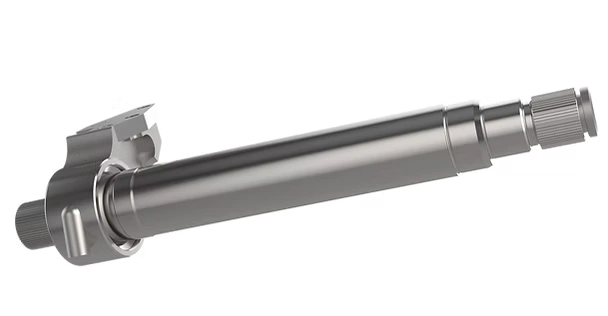
Intermediate shaft
This shaft is built to transfer torque in different directions or to partner components that are at a distance. You will find the intermediate shaft in complex machinery whereby the torque has to change direction multiple times.
Try Prolean Now!
How Is A Transmission Shaft Manufactured?
As a top transmission shaft manufacturer with proven years of experience, Prolean Tech follows systematic steps to deliver reliable products for users across the globe. The main manufacturing techniques are CNC machining, heat treatment, and surface finishing services.
CNC Machining
CNC turning, milling, grinding, and boring are part of the shaft design and manufacture. Each of these transmission shaft manufacturing processes has a specific role in attaining the final shape and form of the shaft. Depending on product specifications, we weigh between Swiss Turning vs CNC Turning.
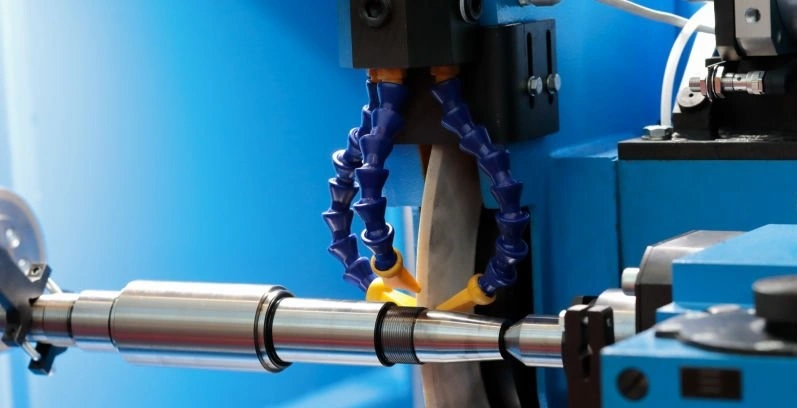
CNC Machine grinding a shaft
For instance, CNC turning removes excess material from stock to create the cylindrical shape of the shaft. The operator follows design details to achieve the required shaft parameters.
For more on how the best CNC service providers ensure quality results, check these CNC turning types, process & designing tips.
Heat Treatment
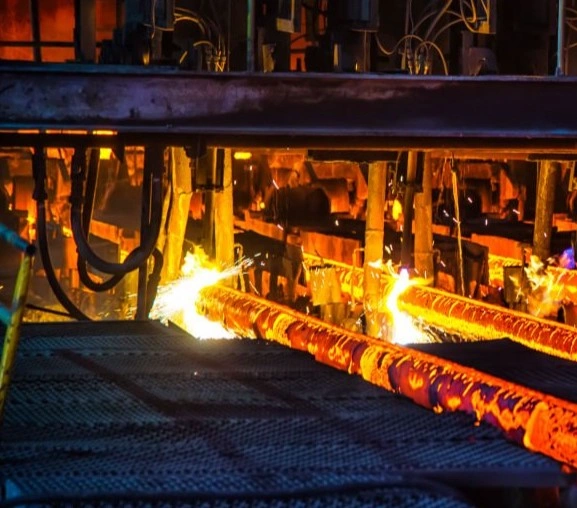
Shaft heat treatment and cutting to size
Once the shaft has been machined to the design details, it is taken for heat treatment services. Here, the manufacturer subjects the item to controlled heating and cooling to alter the chemical and physical properties – corrosion resistance, strength, ductility, etc.
What’s the best heat treatment method? The answer is based on the envisaged mechanical properties of the shaft and the material type.
Surface Finishing
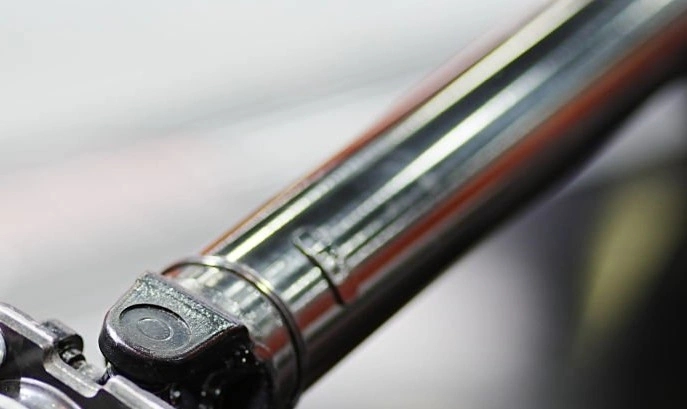
Smooth surface finish on a drive shaft
The shaft is now transferred to the surface finishing section, the main goal being to achieve the required dimensional accuracy and smoothness. In addition, quality surface finishing helps in preventing surface wear and friction, thereby enhancing the overall performance of the part.
Considerations For Transmission Shaft Design
When our highly experienced engineers set out to design a shaft, they consider several critical factors. The most important are required torque, the material’s torsional strength, and the best surface finish.
The Amount Of Torque To Be Transmitted
The manufacturer starts the shaft design process by determining the power and torque that the system is to transmit. With this detail, it is easy to calculate the ideal shaft diameter and other design parameters. Getting it right at this point is the first step to preventing shaft failure during operation.
The Material’s Capability
The power generated by the source needs to be transmitted in a material that has adequate capacity. The manufacturer must ensure that the torsional strength of the shaft material matches the torque in the transmission shaft design. Using materials with sufficient strength even with heavy loads is a best practice in shaft design for critical machinery.
Surface Finish Of The Shaft
The surface finish is a critical design element in the transmission shaft manufacturing process because it affects the lubricity, efficiency, and longevity of the item. For instance, a too-smooth or rough surface finish can be counterproductive for seal performance.
The compatibility of the surface finish with the shaft functional requirements is critical in transmission shaft design. Most shafts work optimally with chrome plating, but there are other options, as you can learn from the experts at Prolean Tech.
In Conclusion
The different types of transmission shafts are critical in machinery, helping transfer power from the source to other components.
The coverage of the function, types, materials, and working principle of the shaft has demonstrated just how critical this part is to the automotive and other systems. It emphasizes the importance of understanding the ins and outs of the transmission system.
Prelean Tech can help you optimize your systems with reliable CNC turning solutions for custom shafts for power transmission.
FAQs
What is the purpose and function of a transmission?
The transmission system is a part of rotating machinery that transmits motion or power from one point to the other. It is prominent in many engineering products including aircraft and cars.
How much does it cost to replace a transmission shaft?
The cost of replacing a shaft depends on different factors including the type and size of machinery and the complexity of the work.
What causes a transmission input shaft to break?
Many factors contribute to the failure of the transmission input shaft. Some of these are shock loads, misalignment from the engine, inadequate shaft material strength, and bearing failure. Others are environmental factors and unprofessional transmission shaft manufacturing processes.
How do I know if my transmission input shaft is bad?
You will know the transmission input shaft is faulty from fluid leaks, strange smells, intermittent power, and vibrations during the operation of the machinery.
What does the drive shaft do in a transmission?
The drive shaft in a transmission transmits power from the transmission system to the components being driven. Its role is to ensure a flawless and smooth transfer of power between these parts.
Is it cheaper to fix a transmission or replace it?
Several factors determine whether it is cheaper to fix or replace. These include the value of the machinery and the extent of transmission damage. Looking at the general costs, a repair costs from $200 while some replacements can be as much as $5,000.
What are the symptoms of a bad transmission output shaft?
A transmission output shaft is bad if it has lost power, is producing strange noises, is leaking, or is triggering excessive vibration in machinery.

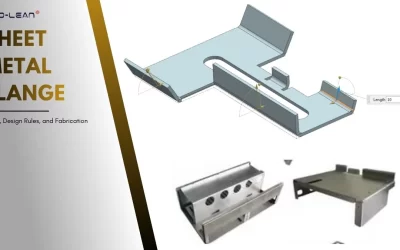
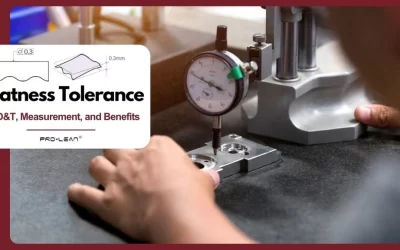
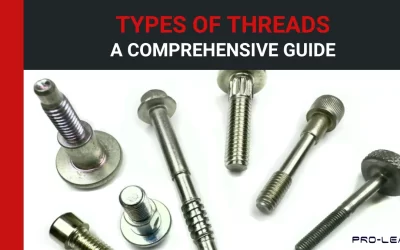
0 Comments